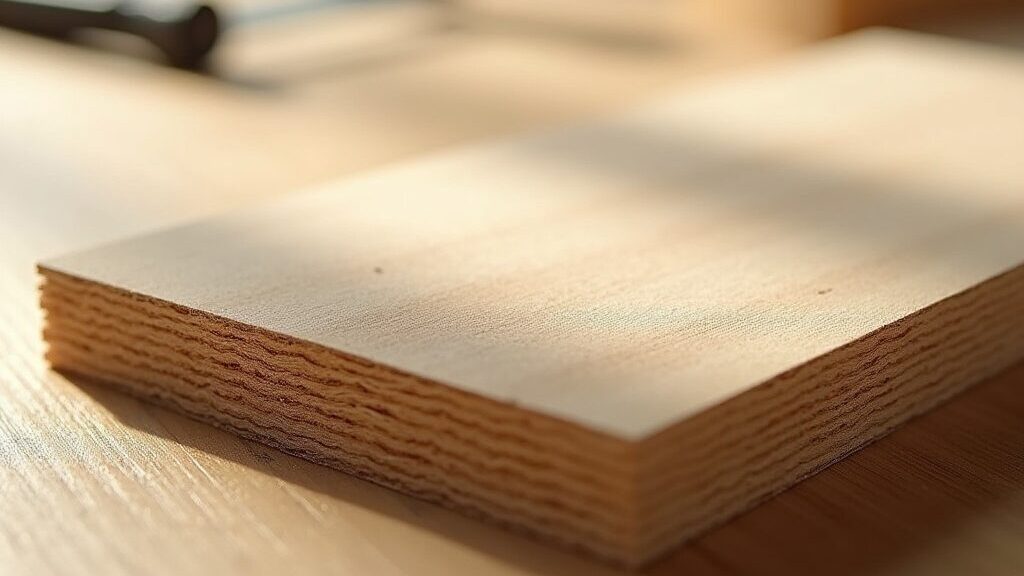MDF doors have become incredibly popular lately—you’ve probably heard of them! We’re here to cover everything about these affordable and stylish doors. Let’s dive in!
What is MDF?
MDF (Medium-Density Fiberboard) is an engineered wood product made by combining wood fibers (often recycled), wax, and resin. These materials are then pressed together under high heat and pressure to create dense, flat panels. These panels can be used like wood to make everything from interior doors and cabinet doors to furniture. But today, we’re focusing on MDF doors—their benefits, durability, and everything you need to know.

What are the Types of MDF?
- Standard MDF: The most common type, used for general purposes in dry, indoor environments like furniture, cabinets, and interior doors.
- Moisture-Resistant MDF (MDF.H): Treated to withstand humidity, making it suitable for kitchens and bathrooms.
- Load-Bearing MDF (MDF.LA): Designed for structural applications in dry conditions where weight support is needed, such as shelving or partitions.
- Load-Bearing, Moisture-Resistant MDF (MDF.HLS): Combines load-bearing properties with moisture resistance, ideal for structural use in humid areas.
- Underlayment MDF (MDF.RWH): Used as a rigid underlay in roofs and walls, providing a stable base for other materials.
How is an MDF Door Manufactured?
- Creating the MDF:
First, wood fibers are collected, often from sawmill residues or recycled wood products. These fibers are broken down into smaller pieces and cleaned to remove impurities. After cleaning, the fibers are mixed with a resin binder, typically a urea-formaldehyde resin, and sometimes wax to enhance water resistance. This mixture is formed into a mat, which is then compressed under high heat and pressure to create dense and uniform MDF panels.
- Cutting and Shaping:
Once the panel is formed, it’s ready to be cut into the desired door size. CNC machines or other woodworking tools can be used to create specific designs, such as panels or other shapes.
- Sanding and Priming:
Now the door is ready for sanding. We begin with medium-grit sandpaper (around 120-150 grit) to smooth out any rough areas or imperfections. This is followed by a finer grit (220-320 grit) for a smooth finish. A tack cloth is used to wipe down the surface and remove any remaining dust particles before applying paint or finish. After sanding, primer is applied to prepare the door for painting or veneering.
- Painting and Finishing:
The MDF door is now ready to be painted or finished. It can be painted the desired color or covered with a wood veneer to mimic the appearance of solid wood.
- Hardware Installation:
Next, the hardware is installed. This can be done using pre-drilled holes from the cutting and shaping process, or new holes can be drilled at this stage. Hardware such as hinges, doorknobs, and locks are then installed.
- Inspection:
Finally, the finished doors undergo quality control checks to ensure they meet design specifications and quality standards.

What are the Benefits of MDF Doors?
MDF doors have become popular for good reason. They are affordable and offer several advantages.
Cost-Effective
MDF doors are generally more cost-effective than solid wood doors. Because they are made from wood fibers, they offer a budget-friendly choice without sacrificing quality.
Environmental Benefits
MDF is often made from recycled wood fibers, reducing the need to cut down trees. This has a positive impact on the environment. If you’re environmentally conscious, like many people, MDF doors are a great option to consider.
Customizability
MDF can be easily shaped, allowing for a wide range of design possibilities. This makes it ideal for creating custom door styles.
Paintability
The smooth surface of MDF doors takes paint exceptionally well, providing a high-quality finish. This allows for a wide variety of color options to match any interior design.
Resistance to Warping
Wood naturally absorbs and releases moisture from the air. If one side of a door absorbs more moisture than the other, it can warp. MDF is less likely to warp, especially in a stable environment like inside a house.
Sound Insulation
Due to its density, MDF provides good sound insulation, which can help reduce noise transmission between rooms, enhancing privacy and comfort.
What are the Drawbacks of MDF Doors?
While MDF doors offer many advantages, they also have some drawbacks to consider.
Weight
MDF is denser and heavier than some other door materials. This added weight may require stronger hinges and hardware. Installation can also be more challenging due to the increased weight.
Durability
Although MDF is strong, it’s not as durable as solid wood when it comes to impact resistance. It can be more prone to dents and scratches, potentially requiring repair or refinishing.
Limited Structural Strength
MDF lacks the structural strength of solid wood, making it unsuitable for load-bearing applications. It’s primarily used for decorative purposes rather than structural components.
Formaldehyde Emissions
Some MDF products contain formaldehyde-based resins, which can release volatile organic compounds (VOCs) into the air. This can be a concern for indoor air quality, though low-emission or formaldehyde-free MDF options are available.
Lack of Natural Wood Appearance
While many finishes are available, MDF can’t replicate the natural wood look that some people prefer. Painting and veneering can mimic wood grain, but they won’t have the same appeal for those who desire authentic wood.